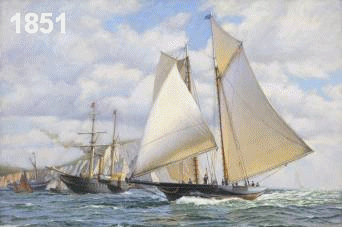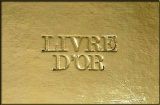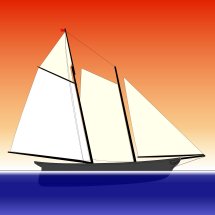 AMERICA'S CUP
AMERICA'S CUP1851-1937
"If we can fly today in the San Francisco Bay, this is because there have been "adventurers" like Walter Greene and Mike Birch.
To understand the future, we must know and respect the past."
Loïck PEYRON (Voiles et Voiliers July 2014)
![]()











 The debate is open
The debate is open



 Capt. Barr was born in Glasgow, Scotland, but removed with his parents at an early age to Gourock on the Clyde. Here the famous skipper sailed his first race and began his career as a yachtsman, which resulted in the first 12 years of racing in an average of 10 winnings a year, all in small boats.
Capt. Barr was born in Glasgow, Scotland, but removed with his parents at an early age to Gourock on the Clyde. Here the famous skipper sailed his first race and began his career as a yachtsman, which resulted in the first 12 years of racing in an average of 10 winnings a year, all in small boats. John Mecray's paintings and limited edition prints have earned him an international reputation for excellence. He is firmly established as one of the world's finest marine painters.
John Mecray's paintings and limited edition prints have earned him an international reputation for excellence. He is firmly established as one of the world's finest marine painters. Martin Swan was born in 1951 in the Isle of Wight. On leaving university Martin concentrated on becoming a professional artist. Having originally established a strong reputation as a landscape painter he is increasingly recognised as a marine artist. He has a particular interest in the Solent between the wars and the great yachts that sailed there during that time.
Martin Swan was born in 1951 in the Isle of Wight. On leaving university Martin concentrated on becoming a professional artist. Having originally established a strong reputation as a landscape painter he is increasingly recognised as a marine artist. He has a particular interest in the Solent between the wars and the great yachts that sailed there during that time.

